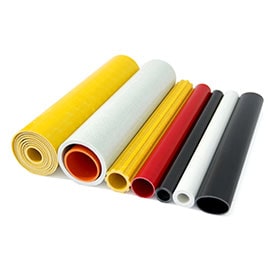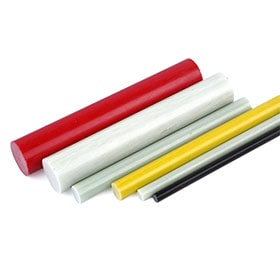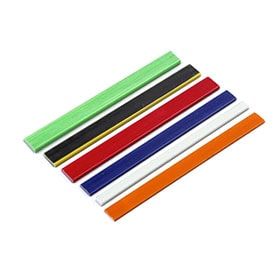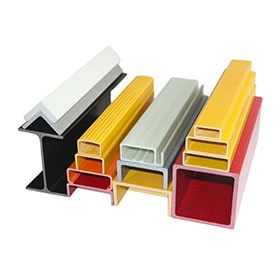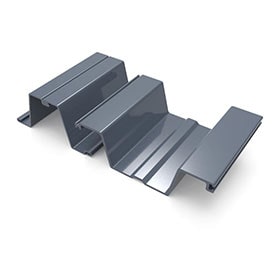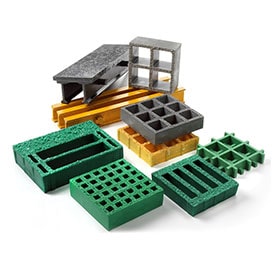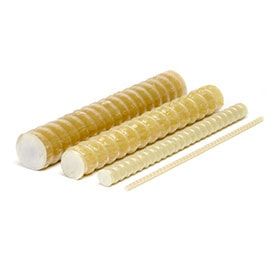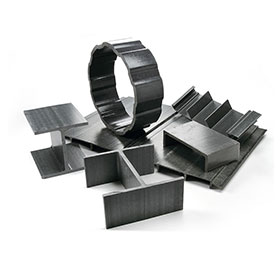Choosing the right sleeper is one of the most important decisions when building a retaining wall. For years, timber sleepers have been the standard choice because of their natural look and availability. In recent years, however, composite lightweight sleepers have gained attention as a modern alternative, offering durability, strength, and a much longer service life. So, which one is the better option?
A practical comparison between composite lightweight sleepers and traditional timber sleepers for retaining wall construction.
What Makes Composite Lightweight Sleepers Different?
Composite lightweight sleepers are produced from materials such as fiberglass-reinforced polymer (FRP) and recycled plastics. They are designed to be tough enough for load-bearing applications yet easy to handle on site. Unlike timber, they don’t rot, warp, or attract termites, and they maintain their shape and strength even after years of use in outdoor environments.
Timber Sleepers: Strengths and Weaknesses
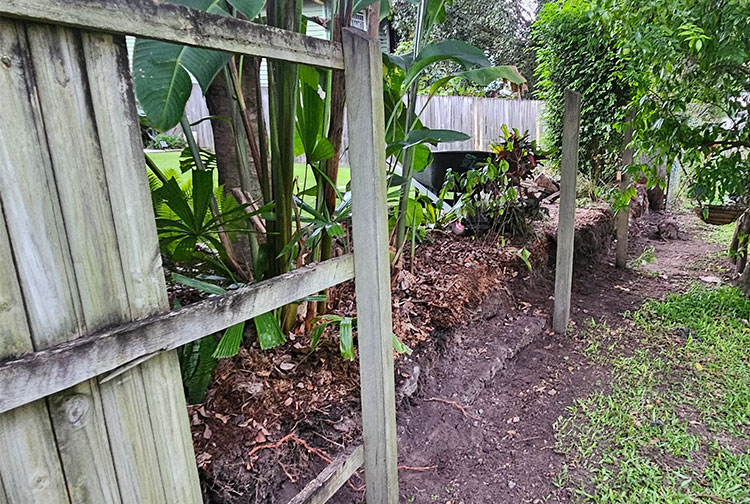
timber sleepers
Timber has the advantage of being natural, affordable, and easy to find. It blends in well with landscaping and has been used for generations. The downside is that timber sleepers are vulnerable to rot, splitting, and insect damage. Even treated wood eventually breaks down, which means higher maintenance costs and earlier replacement compared with composite materials.
Composite Sleepers: Why They Last Longer
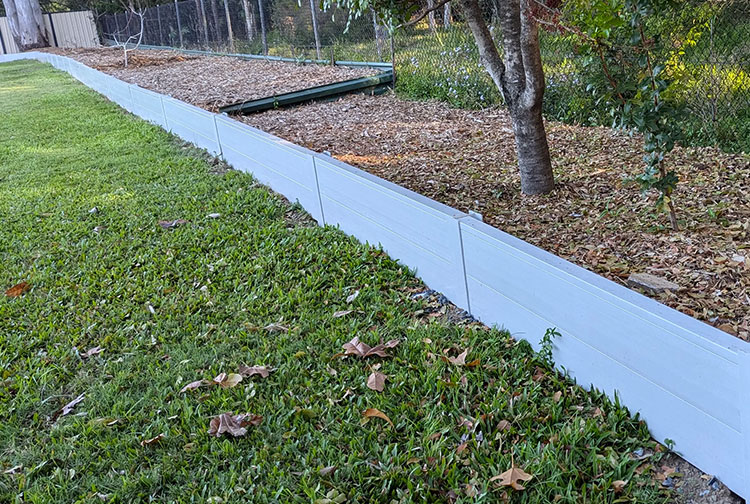
composite lightweight sleepers
The main appeal of composite lightweight sleepers is their reliability over time. They do not need staining, painting, or chemical treatment. Once installed, they require almost no maintenance. Their lightweight structure also makes transport and installation faster, which can save on labour costs. Although the upfront price is usually higher than timber, the long-term savings are significant because there is little to no repair or replacement needed.
Direct Comparison
| Criteria | Composite Lightweight Sleepers | Timber Sleepers |
|---|---|---|
| Durability | Resistant to rot, termites, and weathering | Prone to decay, insect attack, and splitting |
| Weight & Handling | Lightweight, easy to move and install | Heavier, requires more effort |
| Maintenance | No painting or sealing required | Needs regular treatment and care |
| Environmental Impact | Often made with recycled materials, fully recyclable | Uses natural timber, may need chemical preservatives |
| Overall Cost | Lower cost over lifespan | Higher due to frequent maintenance |
Where They Work Best
Composite lightweight sleepers are being used widely in both residential and commercial projects. From garden retaining walls to roadside embankments and landscaping in public areas, they are proving to be a reliable and cost-effective choice. For homeowners who want a long-lasting solution without ongoing maintenance, composites are especially attractive.
Conclusion
Timber sleepers still appeal to those who want a natural look at a low starting price, but they come with higher maintenance and a shorter lifespan. Composite lightweight sleepers offer a practical, sustainable, and long-lasting alternative that makes them the smarter choice for retaining walls in today’s market.
Contact Us
If you are looking for reliable composite lightweight sleepers suppliers for retaining wall projects, get in touch with us today:
- Website: www.frpzs.com
- WhatsApp: +86 153 0373 5673
- Email: Jessica@frpzs.com
 +86 15303735673
+86 15303735673 Jessica@frpzs.com
Jessica@frpzs.com
 Technical Data
Technical Data



